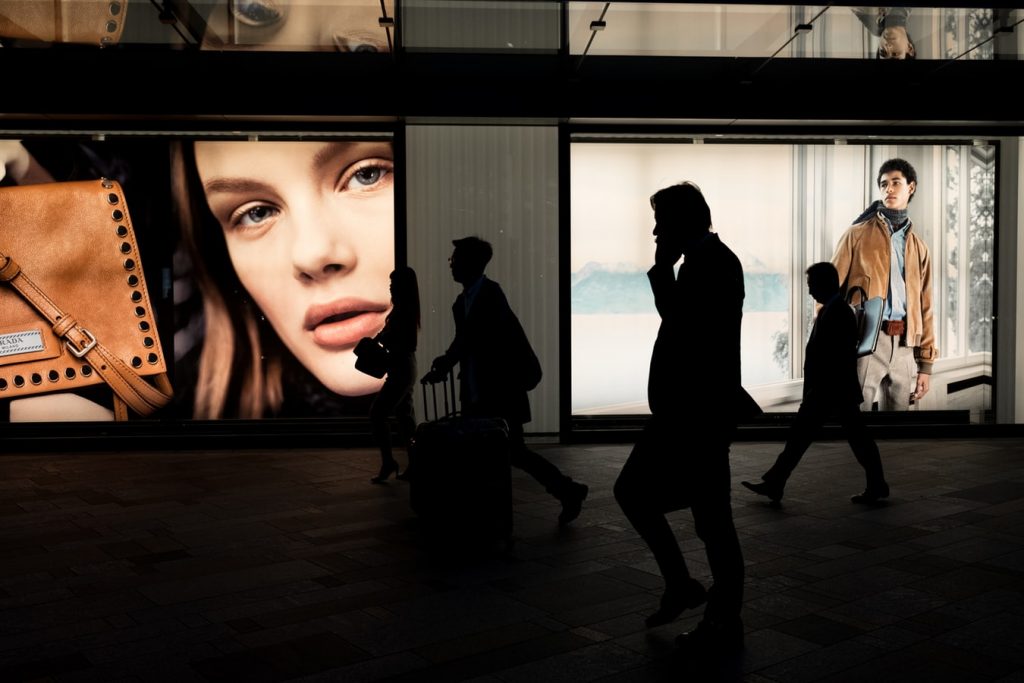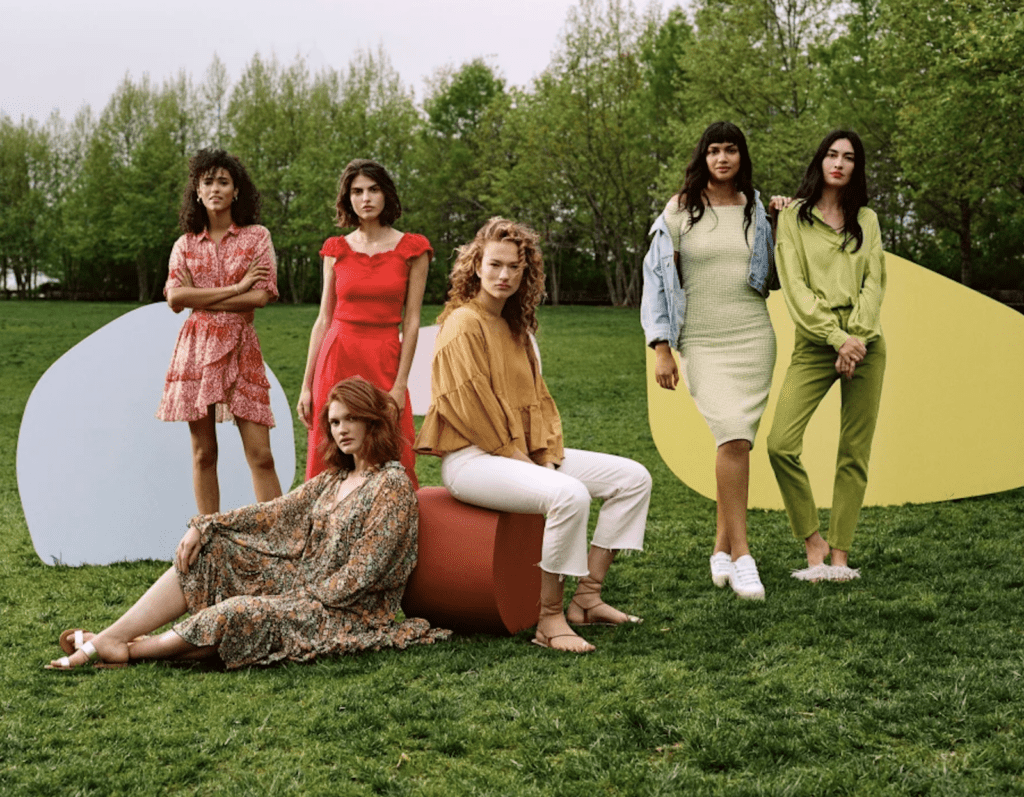Luxury goods are slated to start flowing back into Russia despite moves by most non-native brands to pull out of the market in the wake of the deadly attacks on Ukraine led by Vladimir Putin. A 25-page list of exempted brands/products has been released by Russia’s Industry and Trade Ministry, allowing for parallel imports of luxury cars from Bentley, Ferrari, and Rolls-Royce, among others, consumer electronics from Apple and Dyson, cosmetics, and fashion and leather goods in furtherance of what Russian authorities say is an attempt to “defend the interests of domestic consumers for products of those foreign companies that left the Russian market under the sanctions regime imposed by ‘unfriendly’ countries.”
First released by the Ministry of Industry and Trade of the Russian Federation last month, the order on parallel imports or “grey market goods” (i.e., genuine branded goods obtained from one market that are subsequently imported into another market and sold there without the consent of the trademark holder) provides that Article 1359 (section 6) and Article 1487 of the Russian Civil Code “are not applied” to the approved list of goods, “provided the specified goods were put into circulation outside Russia by the right holders and with their consent.” In accordance with the principle of trademark exhaustion – or the first sale doctrine, as it is known in the U.S., “the products must be legally put into circulation [in] the country of import,” the trade ministry stated.
The Russian ministry distinguished the new scheme from outright counterfeiting (namely, the unauthorized use of a mark that is identical with, or substantially indistinguishable from, another’s registered trademark), asserting in a statement late last week that allowing for “parallel imports does not mean permission to import and circulate counterfeit goods in Russia.”
Fashion and other luxury brands may be hit particularly hard when it comes to the impending push to get parallel imports into Russia. While the official list of allowable products specifically indicates brands of electronics and automobiles, among other categories of goods, that may be imported into Russia without the threat of trademark infringement ramifications, it does not set out a list of fashion/luxury goods purveyors whose goods may be legally imported into Russia. “Clothing, footwear, and leather goods are listed without any specific brand indications,” Maksym Popov, a partner at Mentors Law Firm in Ukraine, tells TFL. This means that “everything within these categories of goods is subject to parallel imports,” which could serve to flood the market with a barrage of luxury goods in the not-too-distant future. (Not the only categories that lack brand specifications, the Ministry of Industry and Trade’s list also allows for the unfettered import of spare parts for certain machinery, for example.)
The situation is likely to be a “complicated” one for brands, Popov says, noting that trademark holders “will not have the ability to control the importation of goods into Russia through distributors,” as has been an issue for brands in other countries, including China, which routinely sees a significant supply of grey market goods coming by way of multi-brand stores in places like Italy and landing on the mainland after passing through agents in Hong Kong.
As an extreme example, he says, “We may even see Louis Vuitton and Chanel bags sold in multi-brand boutiques.”
Given the meticulous control and purely direct-to-consumer distribution model that is exercised by Chanel, Louis Vuitton, and other similarly situated luxury titans, it seems unlikely that these brands will be among the most heavily impacted by the newly-implemented grey market scheme in Russia. (Chanel, after all, made headlines last month for reportedly implementing a process in its own stores outside of Russia “to ask clients for whom we do not know the main residency to confirm that the items they are purchasing will not be used in Russia,” a move that has spurred furor from Russian shoppers in markets, such as France, Italy, China, and Dubai.) Chances are, brands that boast a network of authorized third-party distributors will find their wares are more readily being imported into the Russian market without their authorization.
The order that serves to relax the law on parallel imports comes after the country’s Ministry of Industry and Trade was authorized to compile a list of goods for which parallel imports would be allowed, which was published – and went into effect – on April 19. That list followed from a previous revelation from the ministry in March when its “Priority Action Plan for Ensuring the Development of the Russian Economy in the Conditions of External Sanctions Pressure” revealed that an influx of grey market goods would likely follow from Western brands’ exodus from the Russian market. In the Priority Action Plan, which surfaced in early March, the Ministry appeared to propose suspending liability for parties engaging in parallel imports for certain – but then undefined – “groups of goods,” thereby, potentially opening the door for a greater share of out-of-channel products to flow into Russia, which maintains some restrictions on the sale of grey market goods.
As TFL first reported at the time, depending on how long the effects of Russian-focused sanctions implemented by the U.S., European Union, and others, last, which ban the import of luxury goods into Russia (and chances are this is not a temporary situation), the luxury goods ecosystem in Russia may begin to mirror that of other markets that are readily flooded with grey market goods. In the event that companies’ self-operated stores do not return in a timely manner, certain brands may opt to look the other way, enabling multi-brand stores in other markets to order excess goods and ship them to Moscow with the help of parallel importers, and enabling the brands to add those excess sales to their balance sheets.
Brands at the top of the luxury totem pole are not expected to engage in such grey market-feeding activity; their recent revenue reports indicate that they are not suffering as a result of a loss of sales in Russia, which accounts for no more than 4 percent of their annual sales. However, that may not be the case for other brands that traditionally maintain larger footprints in Russia and their distributors, which have proven to be far less immune to the pull-out of the Russian market. (Reuters reported recently that in March, adidas, for example, “warned of a hit to sales from closing in Russia, without giving an estimate. It operates 500 stores in the country, a quarter of its total.” Around the same time, toy maker Hasbro warned that its revenues could hit of approximately $100 million this year due to its decision to halt its sales in Russia.)
“Usually, official distributors are interested in fighting illegally imported goods,” Popov says. “But now that anyone can [indirectly] import goods into the country, will they want to fight it?”











